boots and flat heel boots may be made of leather and cowhide leather for men’s and women’s use. Every pair of custom shoes that we sell at Chamberlain is handcrafted by highly skilled artisans in one of our workshops.
Chamberlain can make the pair of shoes of your dreams, whether they are shoes for everyday use or shoes for a wedding.
One would have a hard time imagining the amount of work that goes into producing a single pair of shoes. Whether it is from the reflection of the stylist or the designer until the placing in the store of the finished products, this process sees the intervention of a multitude of know-how as well as a close collaboration between the workshop and a large number of suppliers.
This process also sees the placement in the store of the finished products. The production of shoes involves a series of procedures, which we will outline for you in this article, but first, we will discuss the evolution of footwear. The tannery industry had explosive growth between the years 5000 BC and the beginning of the Christian period. The usage of blades such as scrapers and knives are commonplace in Egypt.
Tanners are also knowledgeable about how to make use of certain tanning fruits, such as acacia drops and alum (aluminum) salts, in their work. The very first leathers to be colored with natural vegetable dyes came into the market.
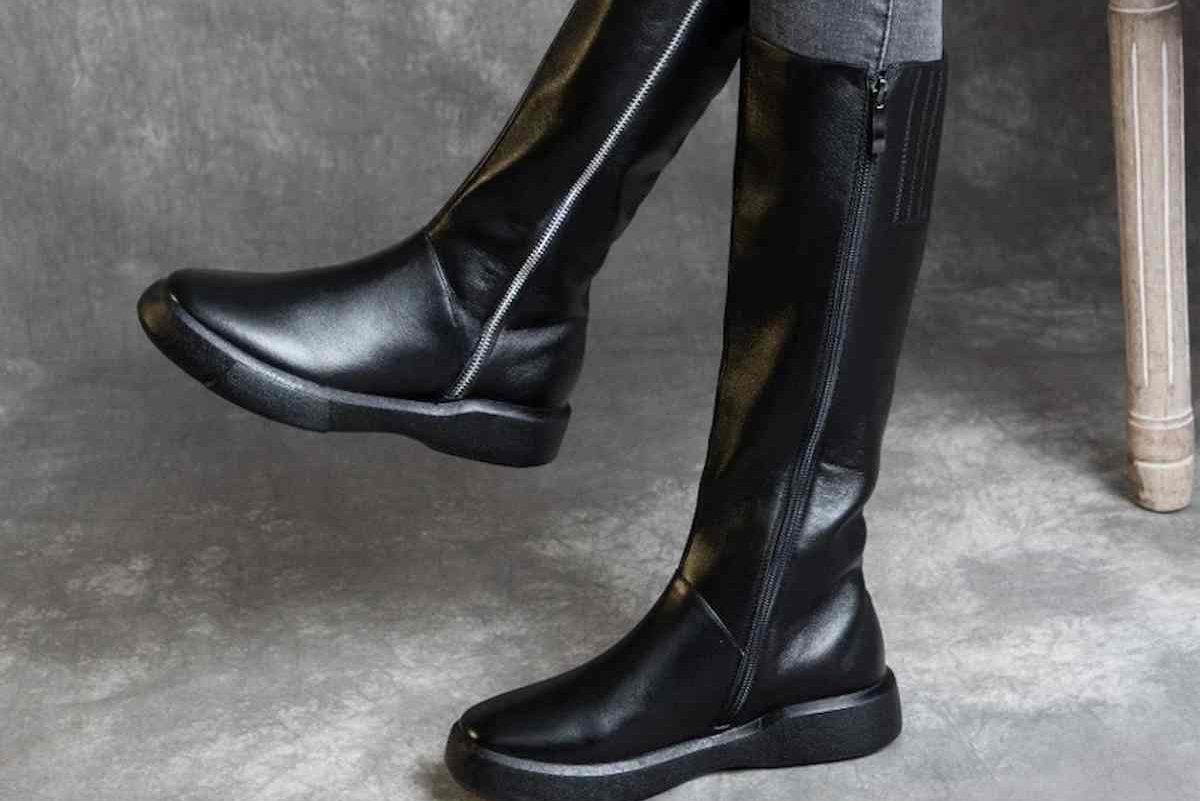
Tannin is a process that is known to have been practiced in Assyria. In Pergamum, the first parchments are produced; they are made of dried and untanned skin and their significance are well-known because they will serve as the first support for writing. Following this, red leather is created using tanning materials derived from plants, and white leather is created using alum. In southern Europe from the beginning of the Middle Ages, we see a gradual reappearance of these methods.
Around the year 1100, the first companies of leatherworking workshops were established, and they were classified according to the sort of activity they performed
Tanners are those who produce tan by the process of tanning using bark, specifically oak bark, which is termed tan
Tanners are those who work with alum to treat animal skins, most often those of sheep and goats. The combination of ashes and alum is known as mégis. Tanners are known by the term.
The workshops that processed the leathers after the tanning process to soften them, cover them with oil, and flatten them were brought together under the umbrella of a third business that was established. This business goes by the name of a currier, which comes from the Latin term Cortinarius, which translates as “leather craftsman.” The word “carrier” has been in use ever since
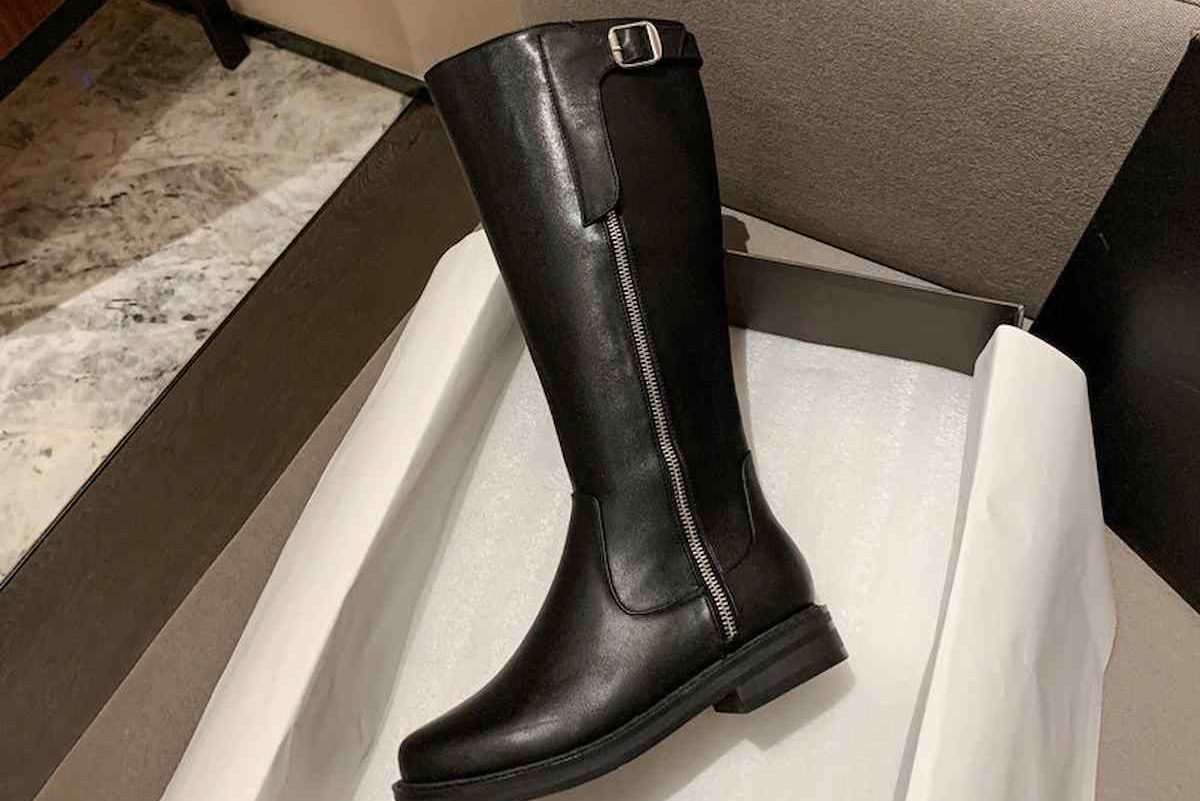
In antiquity, shoes could be divided into two categories: those that had a sole that was connected to the foot by links and those that completely covered the foot, like shoes do today. Greek shoes were typically military shoes that left the toes completely free: a simple sole fixed by a single link going around the instep, such as the solo (Roman soldier’s sandal), the crepido, and the sandalia
The crude boots worn by the Franks and Gauls were eventually replaced by the more refined boots worn by the Gallo-Romans. The Crusaders, however, adopted the hooked slippers used by the Orientals at this time. The well-known poulaine shoe originates from this region
Mineral salts have been used in China for many millennia, although it’s likely that American Indians were the first people to figure out how to utilize the brains and fat of some animals, such as deer and fallow deer, as a tanning process.
In China, mineral salts have been used for several millennia. They craft their renowned moccasins’ form of leather that is very supple.
The earliest people in Greece made use of acacia bark and gall nuts, which are plant growths that are highly high in tannin and are caused by the biting of a parasite bug that lives on oak trees. He also crafted visors for the helmets and used leather to cover the shields.
Homer promotes the superiority of the boots, whereas Hesiod recommends wearing leather shoes with leather lining on the inside.
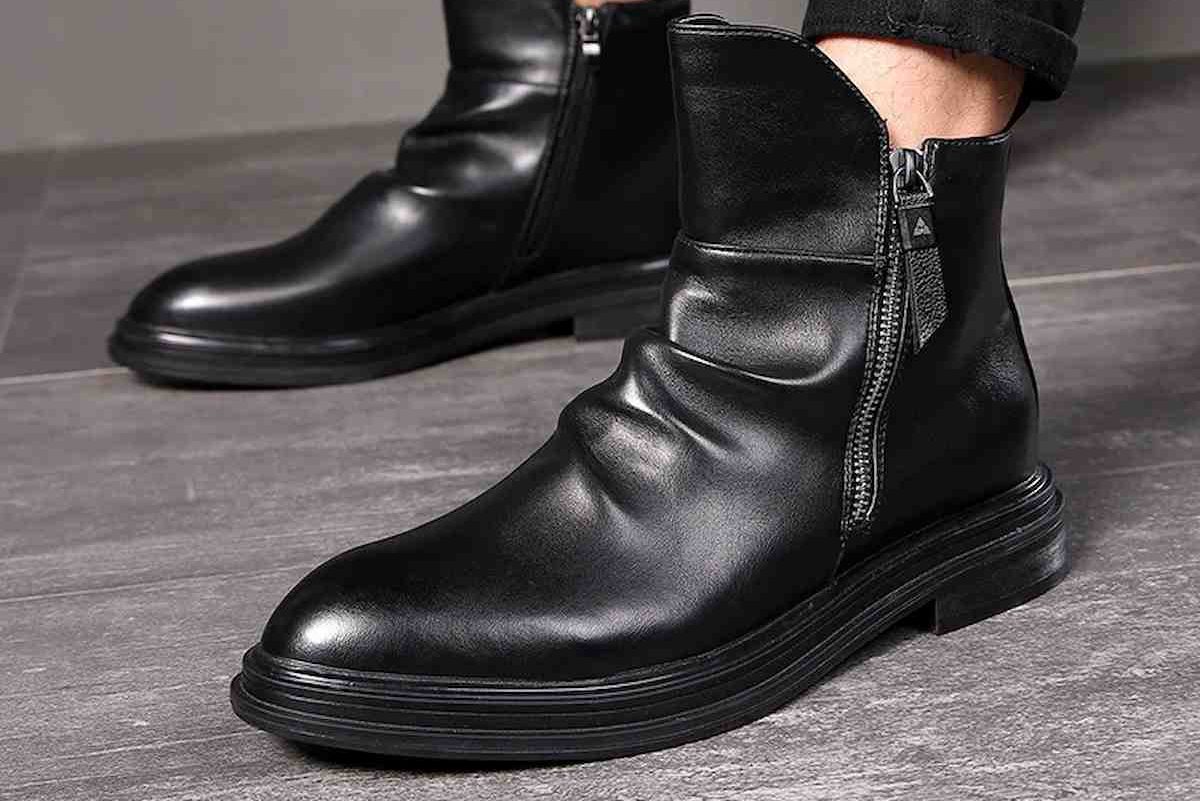
However, despite their justifiable fame, the Greeks were never able to compete with the Romans. The Romans had access to high-quality leather, which contributed to their outstanding reputation around the globe. They were the first people to practice tanning on a wide scale, and they did it by using alum, sumac bark, and sumac leaves.
They are already skilled in the use of circular vats as well as certain devices, remnants of which have been discovered in several excavations.
Following the collapse of the Roman Empire, several aspects of the process of making leather goods were extinct. Only the Byzantines and the Arabs kept their traditions, and it was precisely in Turkey and North Africa that the tannery industry reappeared, between the 5th and 8th centuries.
Towards the end of the 15th century, the so-called bear-foot, horse-foot, cane-beak, flat, and Camus shoes were adopted. During this period, the tannery industry also reappeared.
Long shapes first arose during the reign of Henri III, while square ends were introduced during the reign of Henri IV. Shoes and boots never had heels.
The heel is a signature feature of footwear from the 16th century, and it doesn’t take long before we reach the extremes of the style, as seen by the arched shoes worn by Louis XIV. As the reign of Louis XV draws to a close, we return to flat shoes, a trend that originated in England and was solely worn by courtiers. We maintained the trends of the 18th century when Napoleon I was in power, but the influence of the military meant that men often wore boots for reasons other than practicality.
Up to the time of the Restoration, this was the case; nevertheless, after that time, the open shoe with an English heel acquired popularity once again.
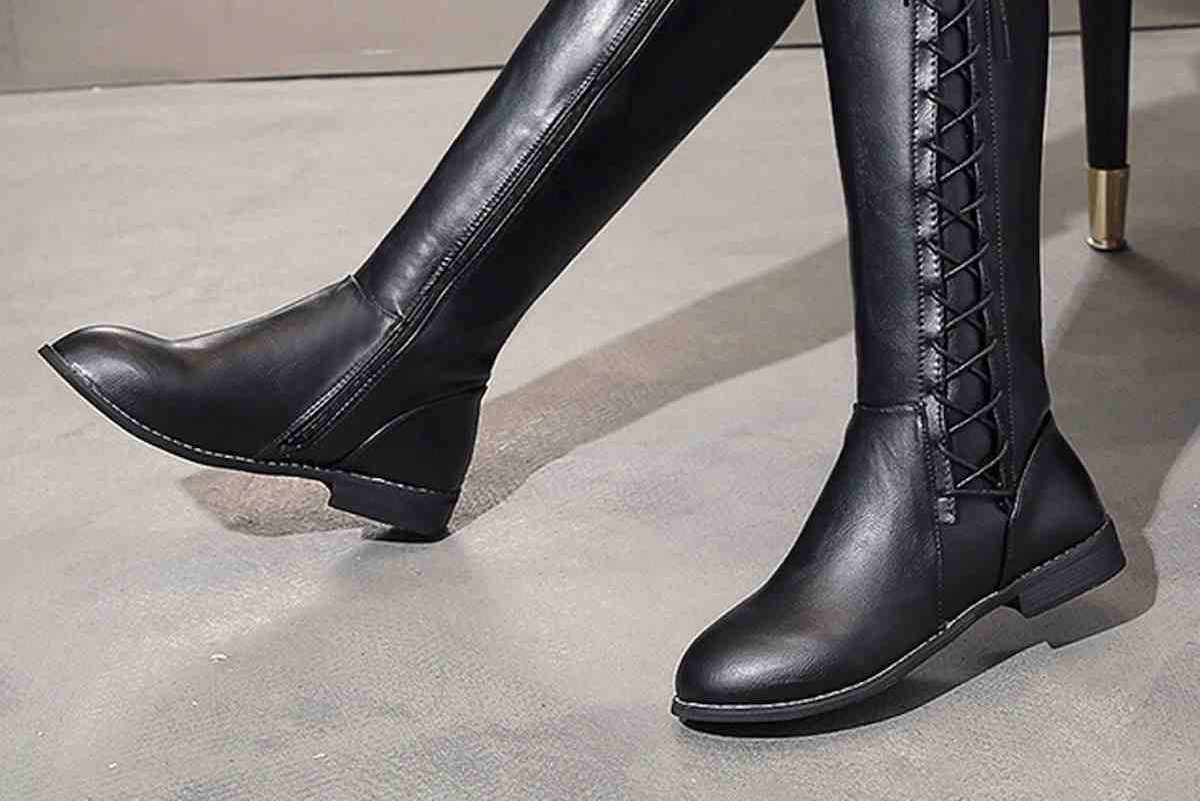
leather flat heel boots
boots may be the flat heel and made of leather. In Spain, notably in Cordoba, Granada, and Barcelona, the tannery saw a major renaissance during the Renaissance. In Italy, the schools of Venice and Florence recognized the creation of gold and silver leather during this time
During the 16th and 17th centuries in France, particularly in the regions of Chateaudun, Orléans, Paris, and the Lyon area, the leather trade achieved enormous prominence, and the industry as a whole had unprecedented levels of success
Despite this, the transformation procedures are still mostly empirical, and the instruments are quite simple (scrapers, knives, etc.). It is believed that there are over 5,000 tanning workshops in France, which provide employment for between 30,000 and 40,000 people.
During that time, there was at least one tanning mill located in close proximity to each city and town. Around the year 1710, Colbert gave the order to conduct a census, which would later serve as the impetus for Louis XV’s adoption of professional laws around the year 1734
The publication of de Lalande’s book “L’Art du Tanneur” took place between the years 1762 and 1764. In his encyclopedia, Diderot conjures up the profession of the time period of 1790
At that time, the most common use for leather was in footwear, bookbinding, and horse saddles
In the 18th century, The Revolution, which required leather for the forces of the North and which could only notice the slowness of the creation of leather (approximately 18 months), ordered a well-known chemist by the name of Mr. Seguin to develop a quicker way. . He accomplished this by developing a method for extracting the tannin found in the bark, which was the first method of its sort.

However, the leathers that are created are of low quality, and Seguin just manages to keep his head. Just another century will pass before the extraction methods are completely perfected.
Tannin was discovered in 1850 by the German chemist Knapp, but it was not applied until 1883, according to the experience of the American chemist A. Some chronicles dating from 1793 recount attempts at tanning human skin that, of course, had no follow-up, although the thing caused a sensation at the time. In the 19th century and at the beginning of the 20th century, chrome tanning was discovered in 1850 by the German chemist Knapp. However, it was not Schulz.
His finding was the impetus for the development of chrome tanning. In the very first part of the 20th century, the industrialization of tanning using trivalent chromium sulfate made it possible for the growth of an industry that was seen as being of strategic importance.
Beginning in the year 1870, France became the country that began the first industrial production of vegetable tanning extracts.
Between the years 1880 and 1890, the first work-facilitating devices came into existence.
After the metalworking industry and the textile sector, the leather industry in France was the country’s third most important economic sector at the turn of the 20th century.
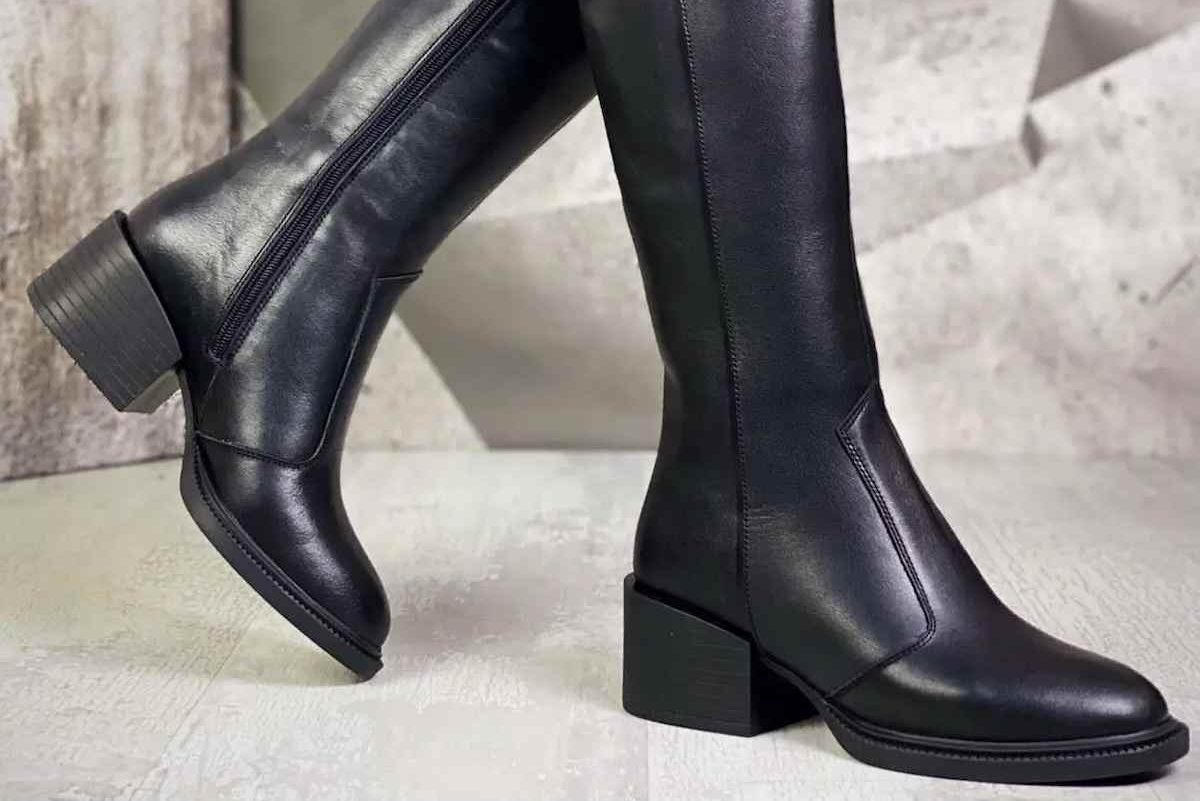
In 1905, the tannery alone was responsible for the consolidation of close to 1,500 businesses that employed 25 to 30,000 people.
It is important to note that from the year 1859, raw skins have been acquired in public auctions, the laws of which are still in existence today.
Between the years 1910 and 1945, there were undoubtedly advancements in technology and the production of brand-new machinery, but overall growth was very slow. Tanners still need a significant amount of cash to build up the needed inventories since the production cycle is still rather lengthy, lasting anywhere from 6 to 18 months.
Beginning in the year 1950, more contemporary procedures that were connected with machines began to progressively replace the older techniques, which resulted in an increase in both production and the variety of leathers that were produced.
There are significant disruptions that take place, which entirely transform the conventional aspects of the company.
Abandoning the artisanal sector, the majority of companies actually integrate the industrial sector, which is characterized by large production volumes, perfectly adapted machines, and better and better-controlled processes. The development of chemistry allows for the use of new processes and to obtain an increasingly wide range of leathers.
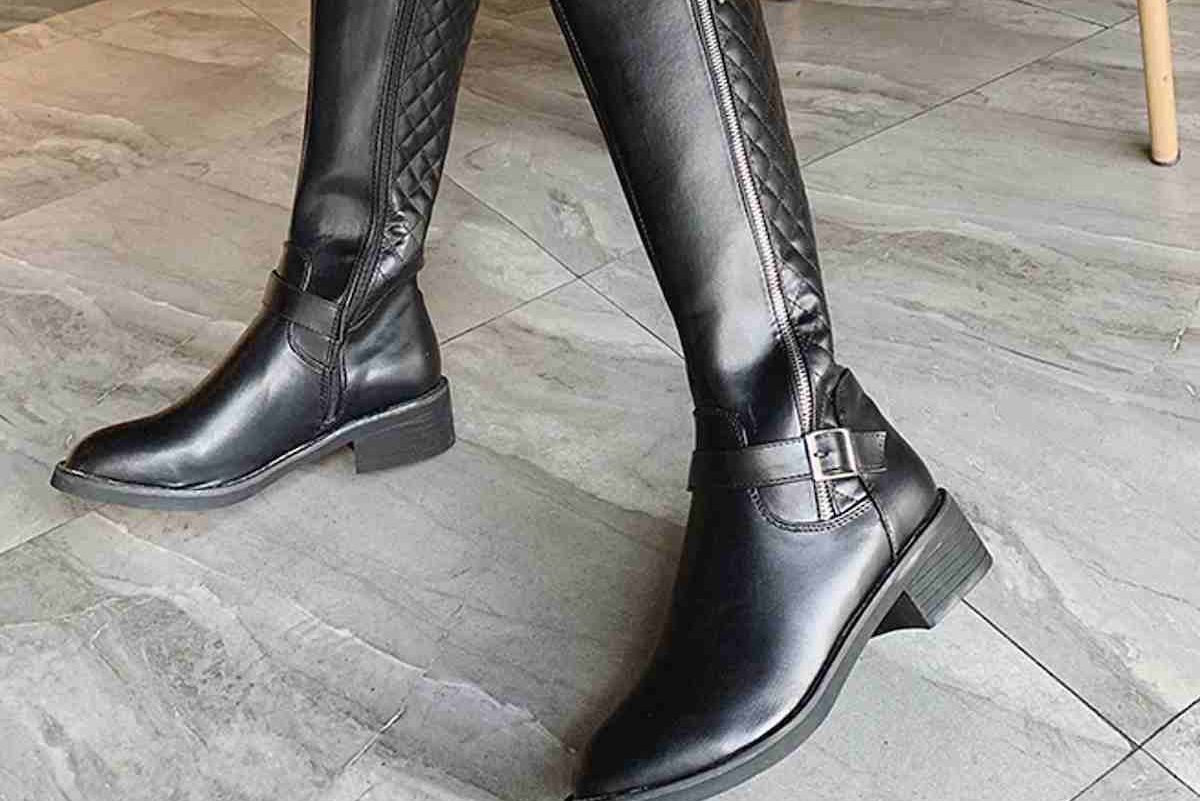
This is due to the fact that the development of chemistry allows for the production of an increasingly wide range of leathers. In this way, the leather industry was able to create finishing processes by taking advantage of the advent of synthetic polymers. Concurrently with the development of chemistry (tannins, dyes, polymers), it is important to mention the great advance achieved in the material of tannery.
This “craft” is undergoing a sea change as a result of the industrial revolution. When the fuller was introduced, tanning, which had previously taken place in pits, became dynamic and far more rapid (large horizontal cylinder rotating on its axis).
At the same time, there was an increase in people’s concern for the environment, notably beginning in the 1970s.
Within a few decades, the age-long majority of vegetable tanning faded, and, for example, the new technology of chrome tanning nearly totally supplanted the traditional procedure for tanning upper leather (shoe uppers).
The uses of leather are evolving, most notably with the dramatic decrease in the amount of leather used in industrial applications (belts, seals, etc.). The French tannery initially focused on the production of sole leather until the 1980s, when it shifted its focus to the production of leather for leather goods, primarily high-end products. Today, the French tannery specializes in the production of leather for shoe uppers rather than sole leather alone.
The art of shoemaking entails taking into consideration footwear that can be worn by the overwhelming majority of people. The production procedures are diverse, but the end result is footwear that is very sturdy and has a level of polish that just cannot be attained via handcrafting.
In contrast to the price of shoes that are manufactured by hand and on-demand, such as the shoes that are produced here at Chamberlain, industrial shoes are mass-produced, which allows for the possibility of obtaining a price that is relatively cheap in terms of their cost.


Your comment submitted.